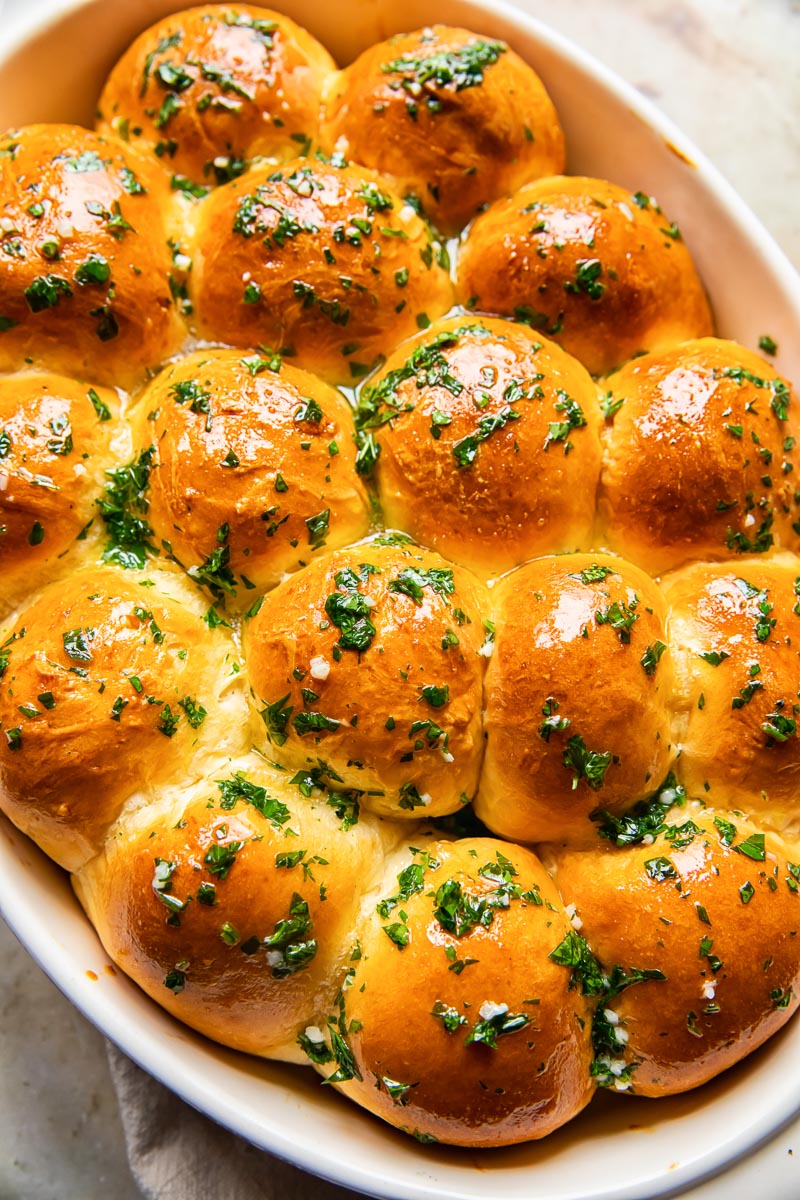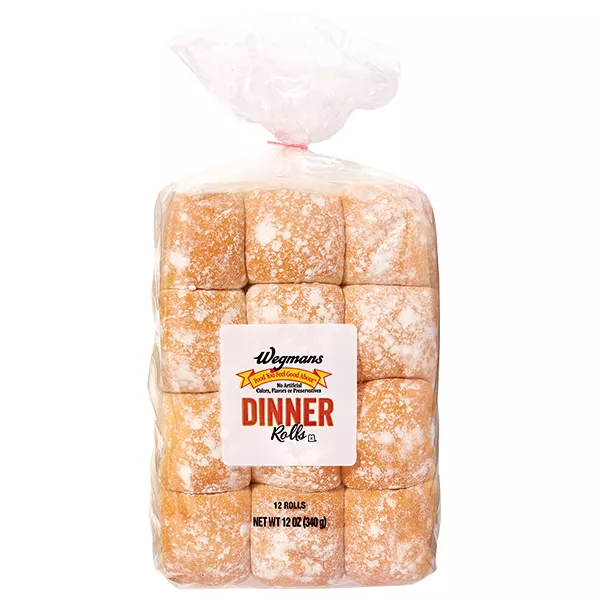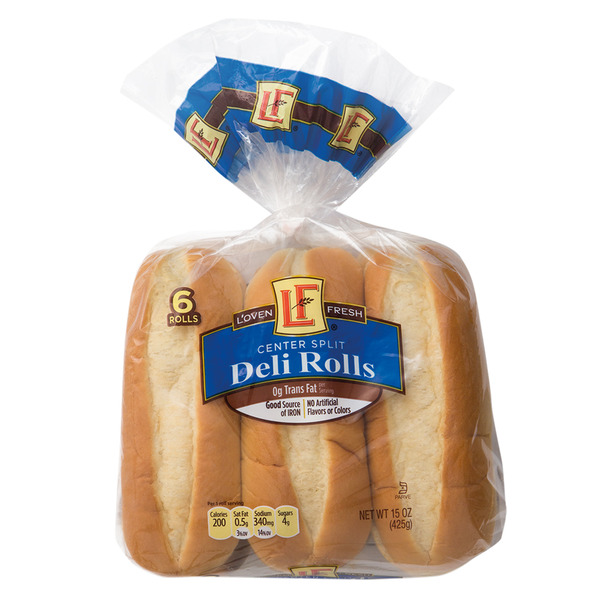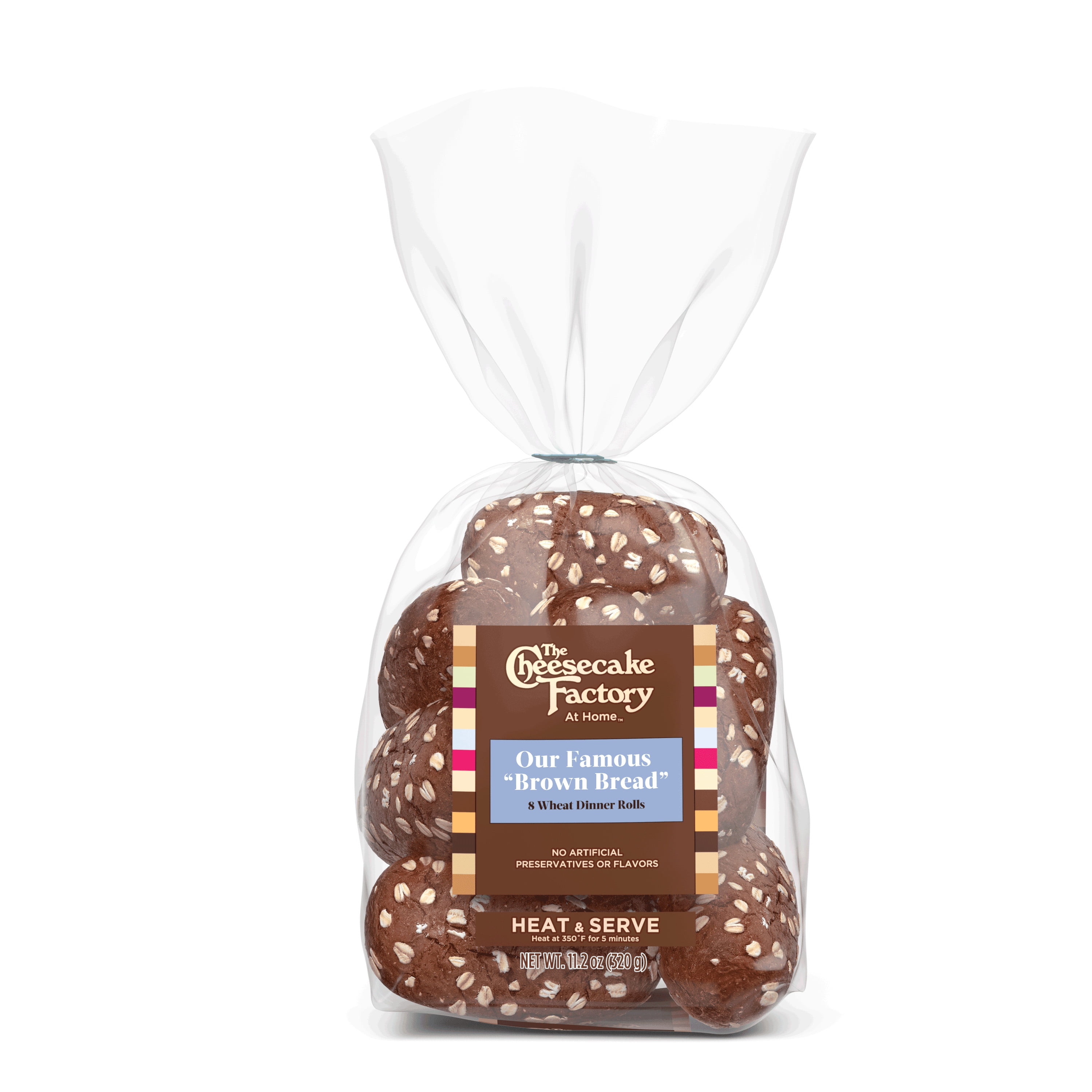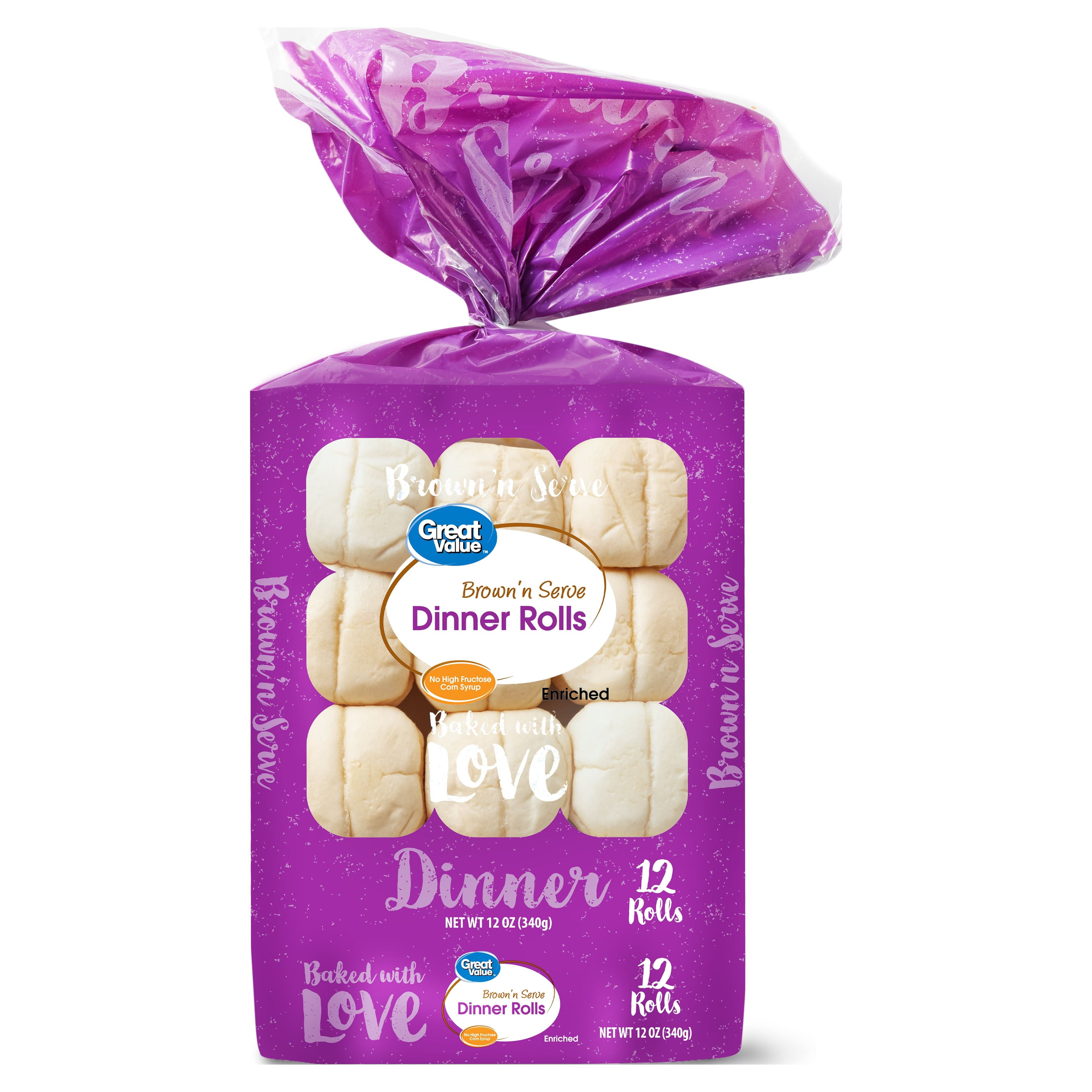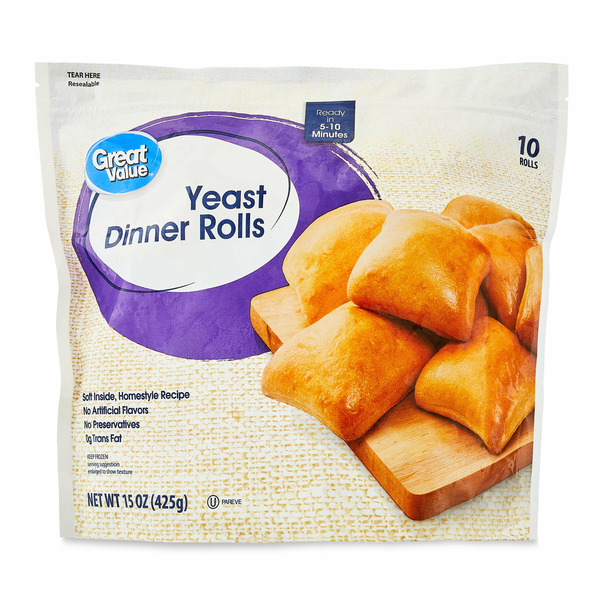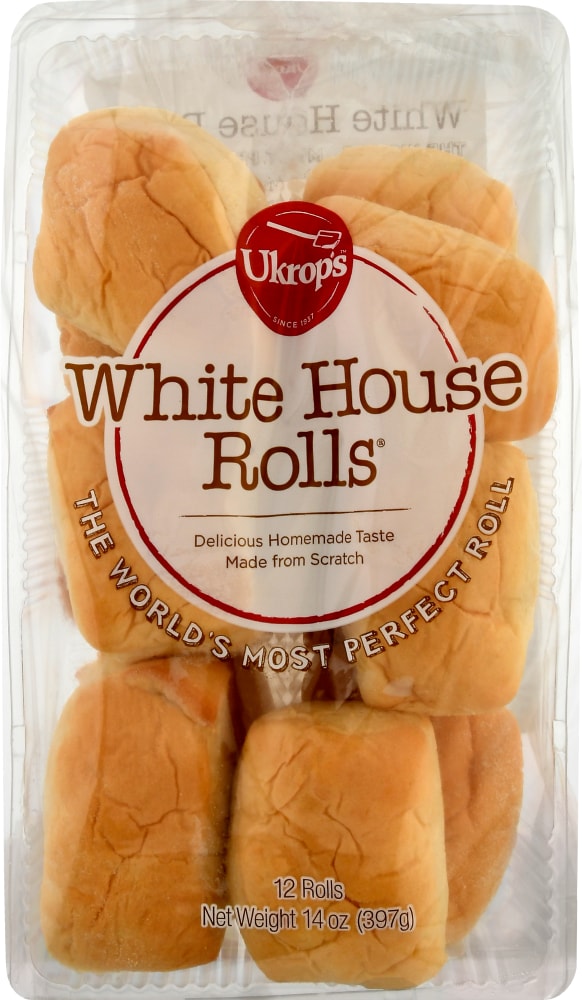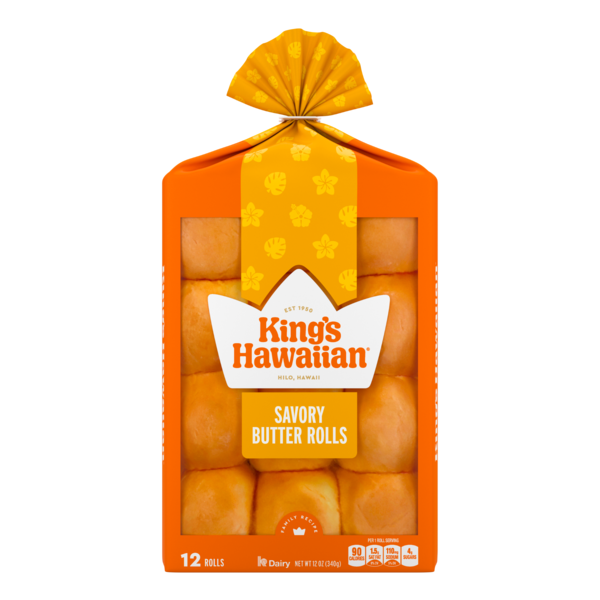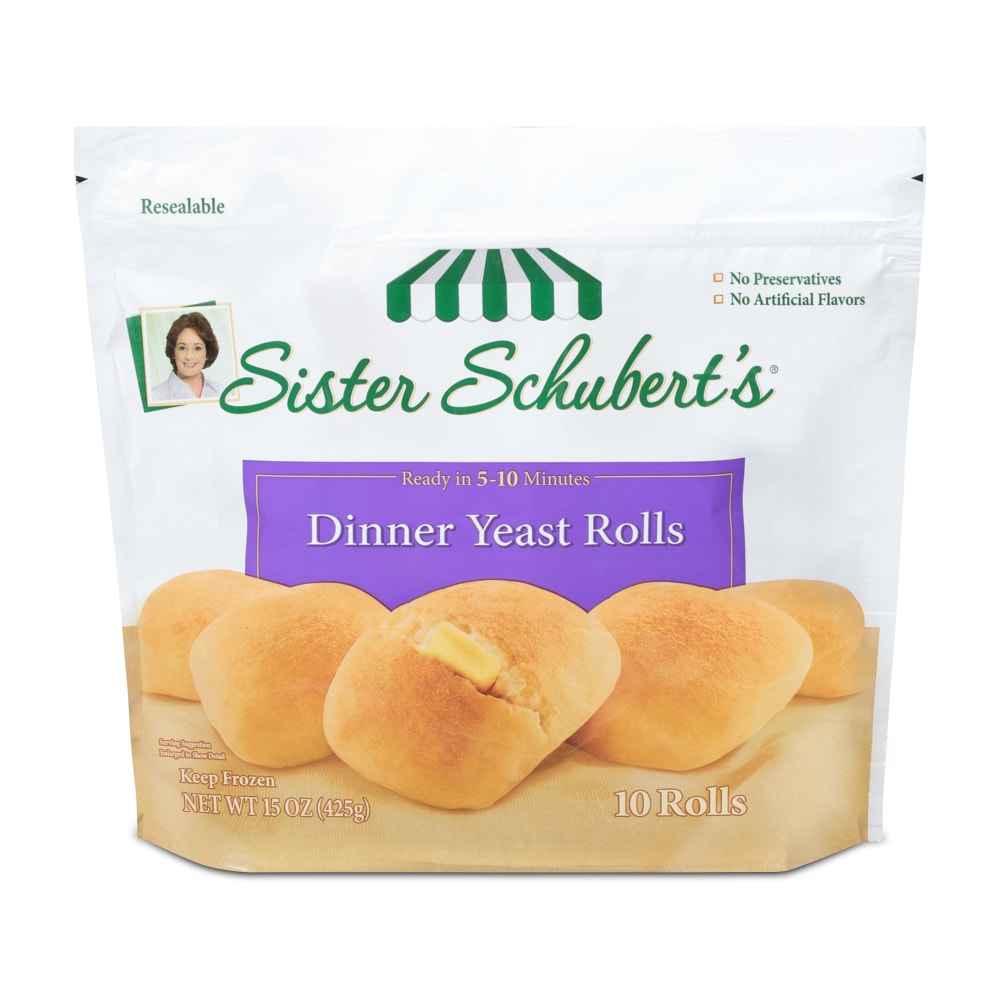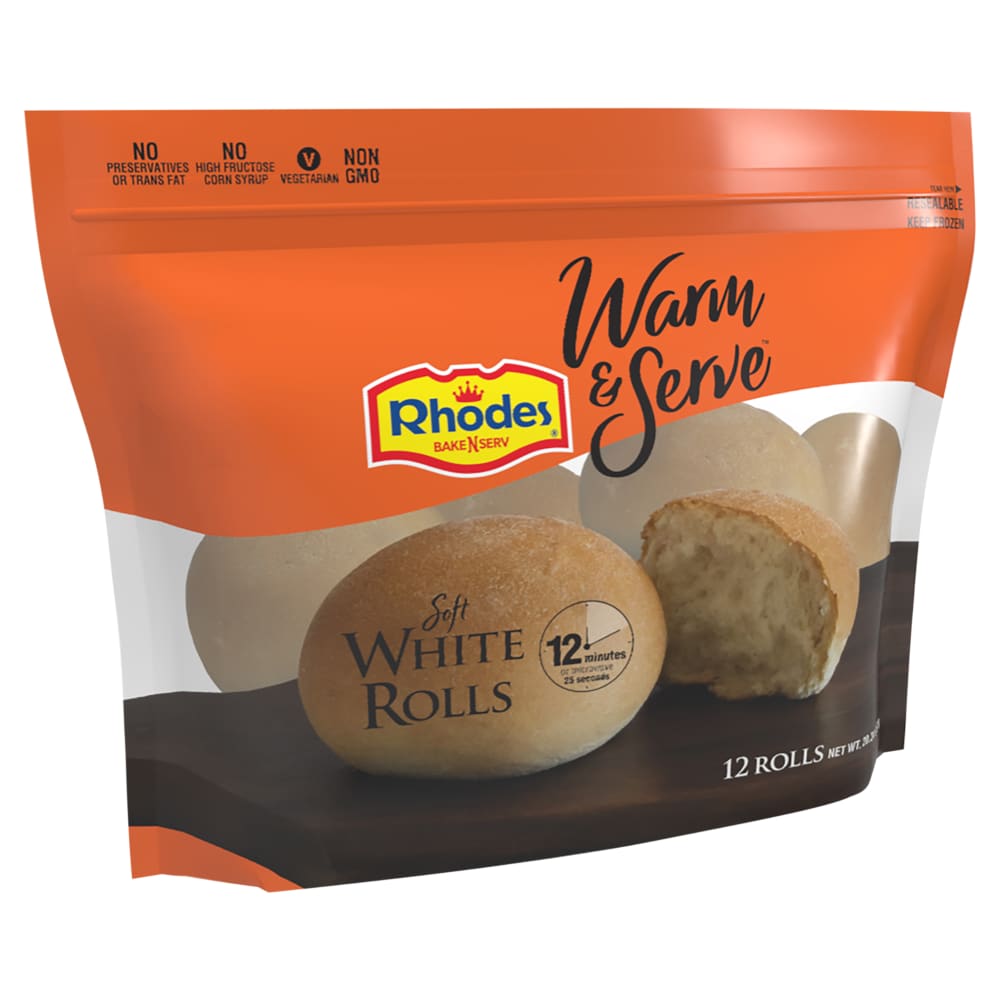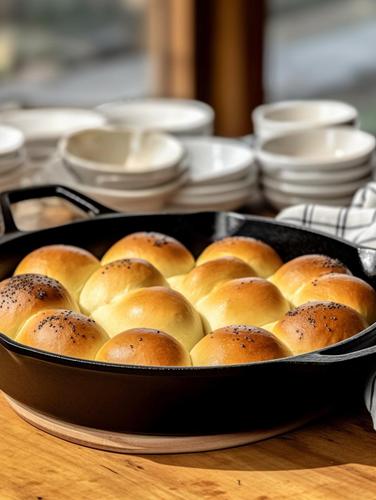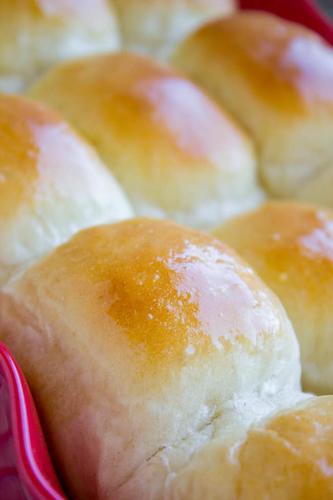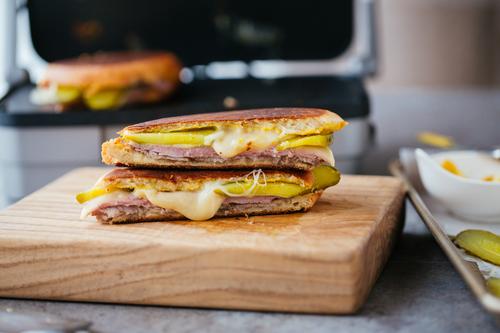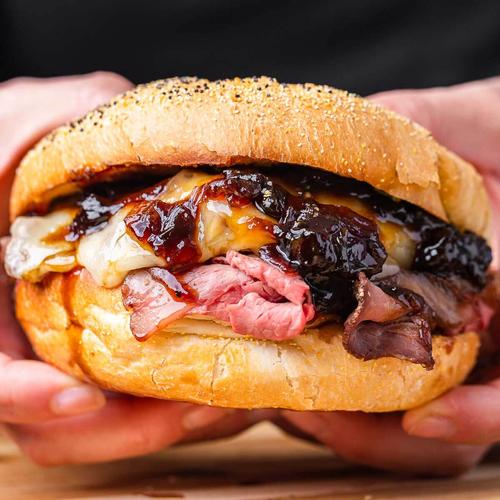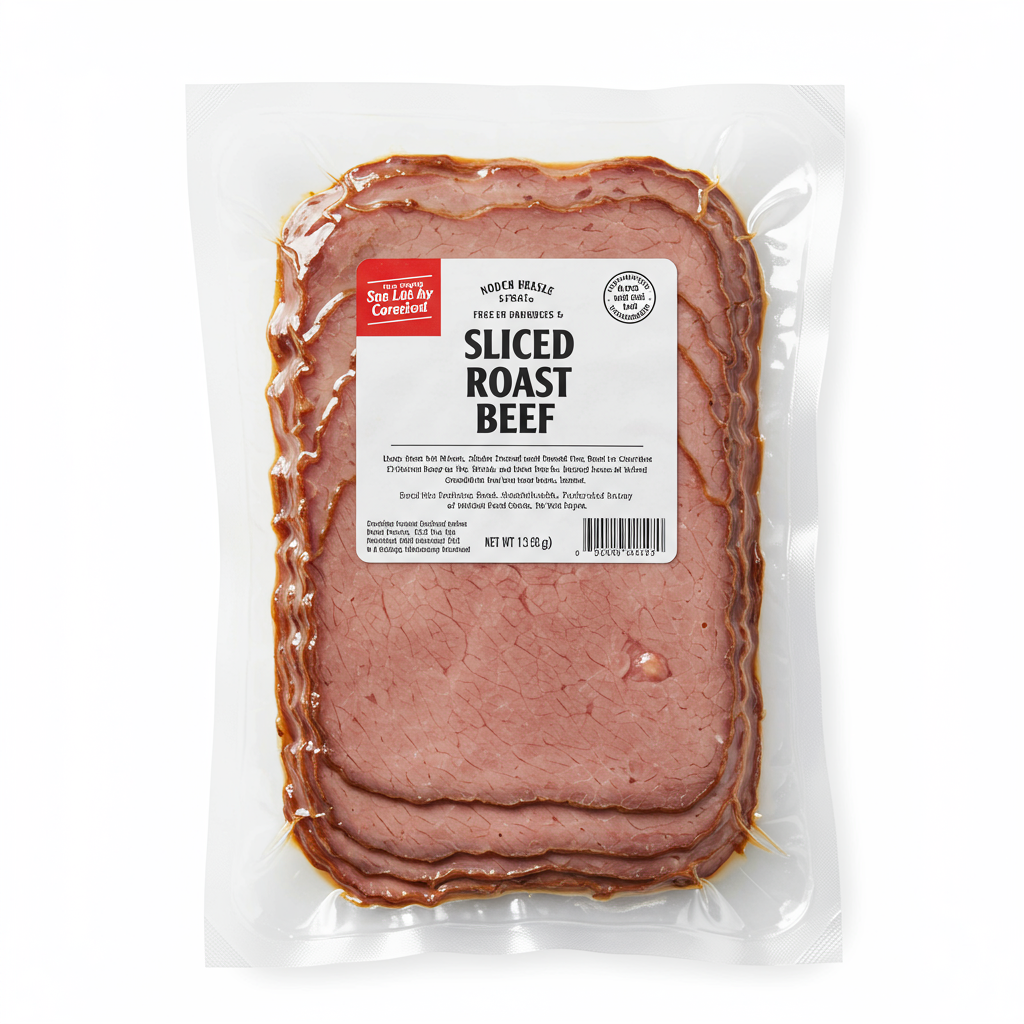Dinner Roll
A dinner roll is a small, soft, and delectable type of bread commonly served as a side dish that complements meals or as a vehicle for spreads, such as butter, jam, or honey. These tender buns come in various shapes - round, knot, crescent, or even braided - and sometimes feature a shiny glaze or sprinkling of seeds on top depending on the recipe or desired aesthetic. Dinner rolls owe their satisfying taste and texture to a specific combination of ingredients: flour, yeast, sugar, salt, butter, and milk.
Dinner rolls can be either plain or flavored with additional components like herbs, garlic, or cheese. They are an integral part of diverse cuisines, including European, American, and Asian gastronomies. Versatile and crowd-pleasing, dinner rolls are synonymous with special occasions, such as Thanksgiving or Christmas meals, but are equally suitable for casual gatherings or daily use. Making dinner rolls at home can be a rewarding experience, as homemade rolls often surpass the quality of store-bought alternatives.
75%
CARBS
9%
FAT
16%
PROTEIN
Featured Articles
999 Dinner Roll Products
Wegmans Dinner Rolls, 12 Pack
Sister Schubert's Dinner Yeast Rolls
L'oven Fresh Deli Rolls
The Cheesecake Factory At Home Famous "Brown Bread" Wheat Dinner Rolls
Great Value Brown and Serve Dinner Rolls, 12 Count
Great Value Yeast Dinner Rolls
Ukrop's White House Rolls
King's Hawaiian Rolls, Savory Butter
Sister Schubert's Yeast Rolls, Dinner
Rhodes Warm & Serve Soft White Rolls
20 Recipes for Dinner Roll
Used In 23 Recipes
4
Savory and Flavorful Ground Beef Empanadas
4
Flavorful Italian Sliders
3
Delightful Spinach and Artichoke Cheese Dip with Mini Bread Bowl
4
Pocket-sized Pizza Buns
2
Cuban Medianoche Sandwiches
1,370
Cheeseburger Sliders
19
Hot Roast Beef Sandwiches with Onion Jam
16
Classic bacon and Cheeseburger
Dinner Roll Is Frequently Used With
Dinner Roll FAQ
While dinner rolls may appear simple, there are certain considerations to take into account while preparing them at home. One of the most common errors is not allowing the dough to rise properly. This can result from various issues such as using expired yeast, a drafty kitchen, or not giving the dough enough time. Another area where people often struggle is achieving the correct texture. Dinner rolls should be soft and light, not dense or dry, and this depends on the delicate balance of the ingredients and the kneading process. Overkneading can lead to tough rolls, while underkneading could result in rolls that do not hold their shape well.
To get the most out of your dinner rolls, precision is key. Follow the recipe's instructions and measurements accurately. For instance, when it mentions 'warm' milk or water, ensure it's not too hot or it could kill the yeast. Moreover, shape your rolls consistently to ensure even baking. Lastly, try to enjoy the dinner rolls fresh out of the oven, as that's when they're the softest and most flavorful. The added steam keeps the rolls moist.
Beyond the classic dinner roll, it's worth exploring variants like cheese-stuffed rolls, or rolls infused with herbs such as rosemary or thyme, or rolls brushed with garlic butter for a flavorful twist.
Why didn't my dinner rolls rise?
Why are my dinner rolls hard and not soft?
Can I make dinner rolls ahead of time?
Can I use whole wheat flour to make dinner rolls?
Can I freeze dinner rolls?
Why did my dinner rolls turn out dense?
How can I add flavor to my dinner rolls?
How can I get a glossy finish on my dinner rolls?
How do I get soft crust on my dinner rolls?
How can I ensure my dinner rolls come out fluffy and light?
Expiration & Storage Tips
When does dinner roll expire?
Unopened dinner rolls can last between 5-7 days on the counter or even longer (up to 2 weeks) in the refrigerator. However, be mindful that their texture and flavor might deteriorate over time as they begin to dry out. Once you have opened a package of dinner rolls, you should eat them within 2-3 days when stored at room temperature, and within 5-7 days if refrigerated. If you choose to freeze your dinner rolls, they can last up to 2-3 months. Ensure that you pack them tightly in freezer-safe bags or wrapping to minimize the exposure to air and maintain their freshness.
How do you tell if dinner roll is bad?
Discerning whether a dinner roll has gone bad is usually straightforward. Besides the obvious mold formations - green, white, or blue fuzzy spots on the surface - another sign of spoilage is a sour smell, which is indicative of yeast overgrowth. Additionally, if the roll feels hard, unusually dry, or crumbly, it has likely past its prime. Stale dinner rolls aren't necessarily unsafe to eat, but they won't be as enjoyable because of their diminished taste and texture.
Tips for storing dinner roll to extend shelf life
• Store dinner rolls in a cool, dry place away from direct sunlight.
• If you foresee that you won't be able to consume your dinner rolls within the countertop or refrigerator's lifespan, consider freezing them. Thaw them at room temperature when you're ready to eat.
• If the dinner rolls are homemade, allow them to cool completely before storing them to avoid condensation, which could lead to molding.
• Revive stale rolls by moistening them slightly with water and heating them in the oven for a few minutes. Just make sure they haven't developed mold as this tip won't make them safe to eat.
EXPIRES WITHIN
11 - 29
DAYS
Equivalents
Substitutes

French Roll

Ciabatta Roll

Garlic Roll

Herb Roll

Multigrain Roll

Potato Roll

Sourdough Roll

Sweet Roll

Rolls
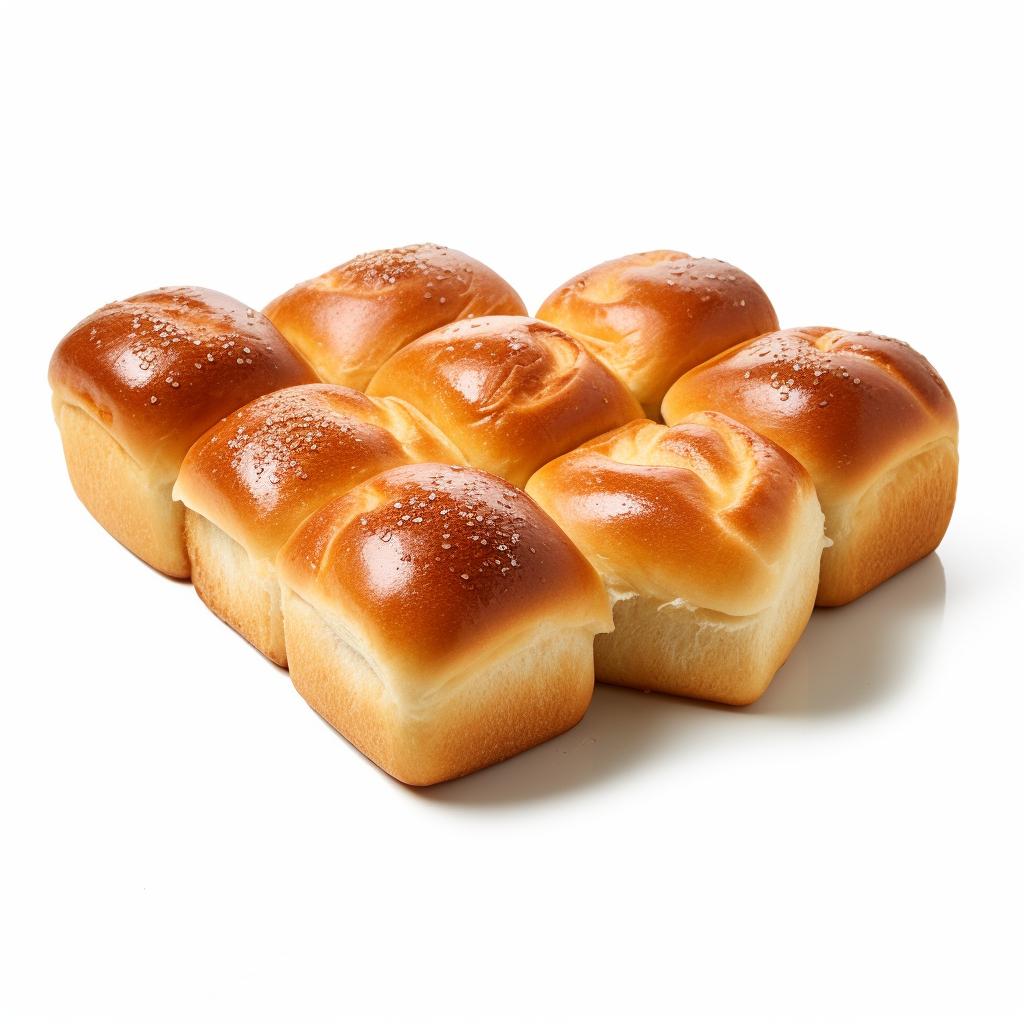
Parker House Rolls
See All
Health Info
Macros
22g
CARBS
2g
FAT
4g
PROTEIN
Allowed on these diets
LOW FAT
HIGH CALCIUM
VEGETARIAN
VEGAN
LACTOSE FREE
Contains these allergens
WHEAT

